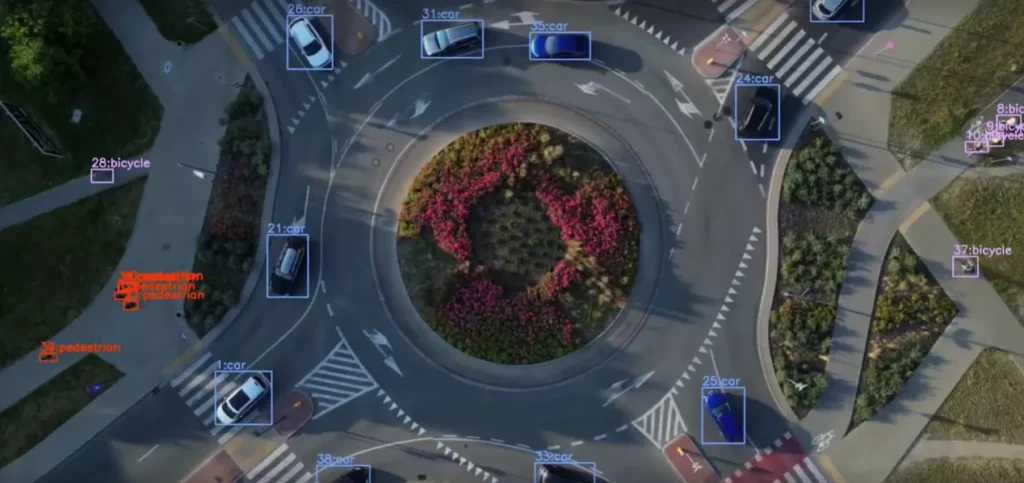
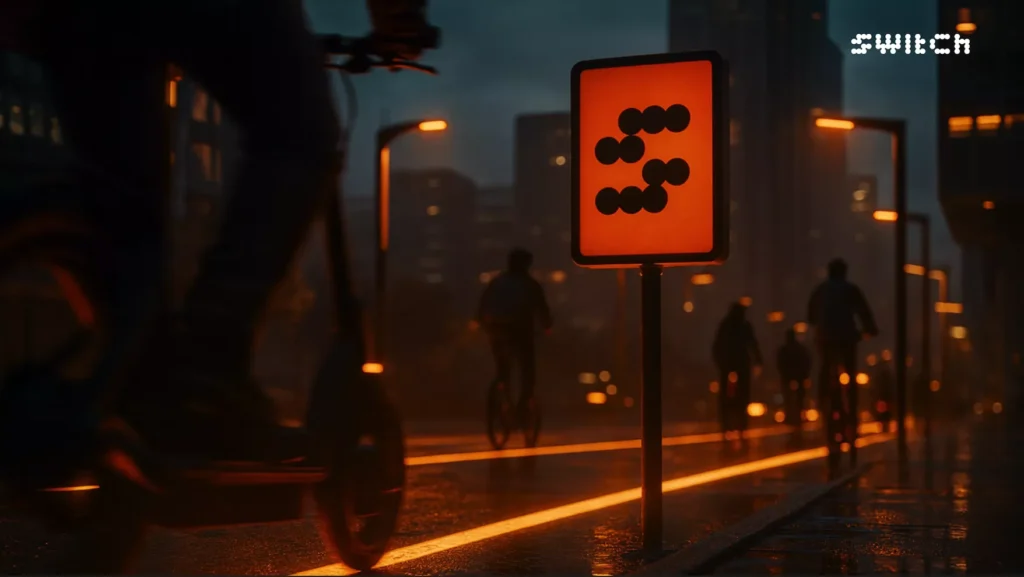
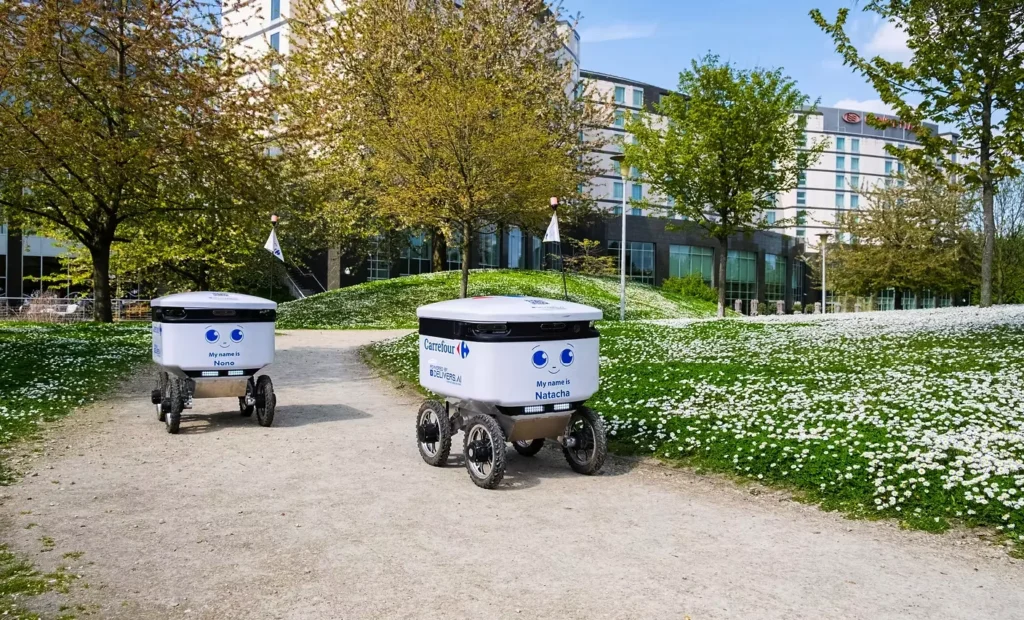
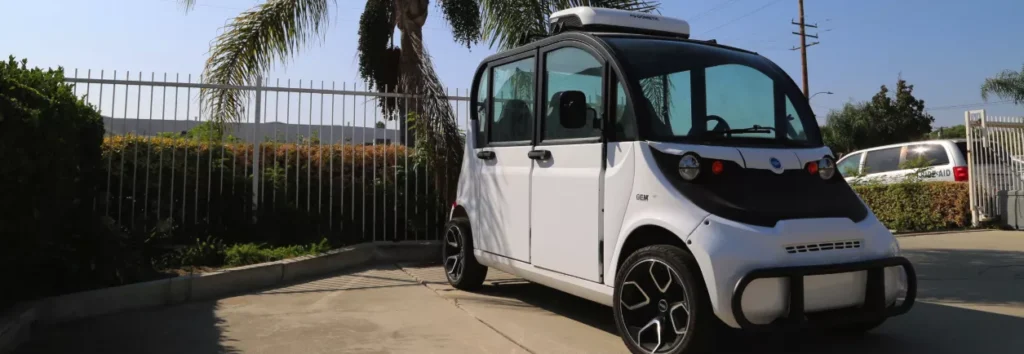
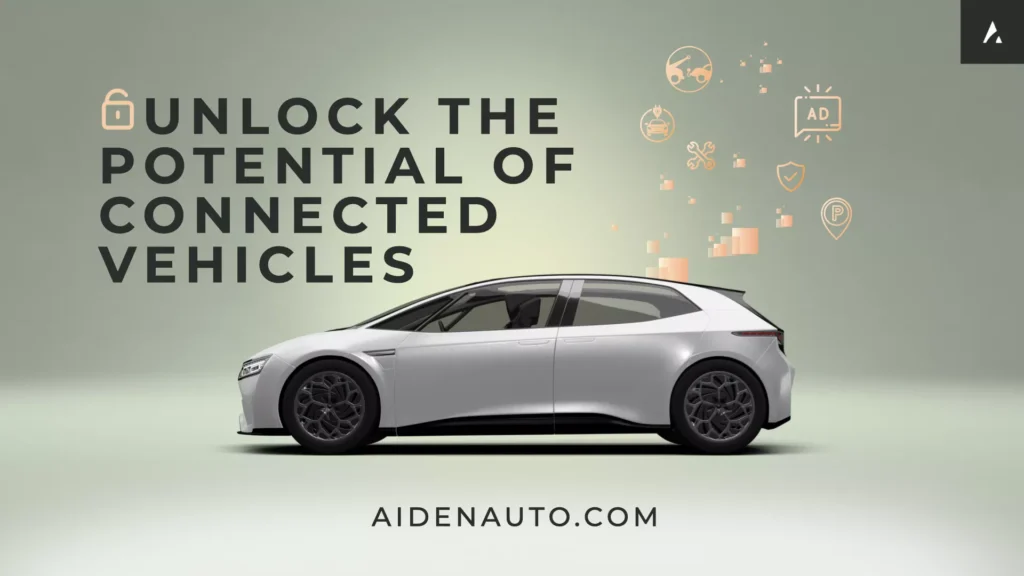






From EVs and batteries to autonomous vehicles and urban transport, we cover what actually matters. Delivered to your inbox weekly.
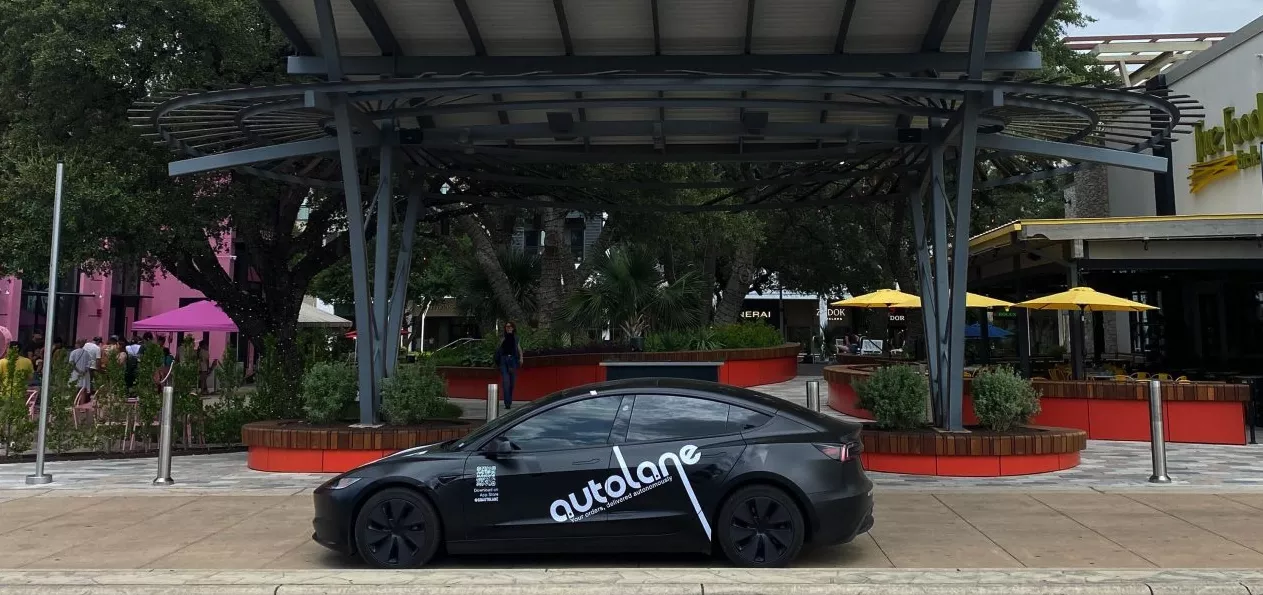
Autonomous vehicles can navigate city grids, dodge traffic, and cruise for miles without a human at the wheel. But when it comes to the curb, the system falls apart.
Ride-hail and delivery apps already stretch curb space to its limits, filling streets with double-parked cars and missed handoffs. Scale that up to fleets of driverless vehicles, and the bottleneck becomes impossible to ignore.
That’s the gap Autolane is fixing. The San Francisco startup has built OpenCurb OS, a platform designed to coordinate arrivals, authenticate vehicles, and orchestrate pickups like air traffic control for the curb.

Autonomous vehicles can handle highways, intersections, and complex city streets – but the curb is a different story. Urban infrastructure was built for human drivers, not fleets of AVs pulling in and out on schedule.
The result is a pickup and drop-off (PUDO) crisis that’s already visible today. Ride-hailing and delivery services clog curbs with double-parked cars, missed handoffs, and service delays. Cities are scrambling with loading zones and ad-hoc signage, but it’s far from enough.
For robotaxis and autonomous deliveries, the stakes are even higher.
Without reliable curb management, every fleet runs into the same bottleneck – cars circling, pickups stalling, and customers waiting. The last 50 feet may look small, but it’s the difference between AVs scaling smoothly or grinding into gridlock.
While most AV companies are obsessed with what happens on the road, Autolane is obsessed with what happens when the car stops. Their answer is OpenCurb OS – a three-layer system that turns curbs into orchestrated hand-off zones.
At street level, Autolane deploys multi-sensor curb poles equipped with vision cameras, automatic license plate recognition, and environmental sensors. These units identify incoming vehicles, track dwell time, and communicate directly with the cloud. Unlike traditional parking meters or static signage, these poles actively manage the curb in real time.
On top of the hardware sits a cloud-based operating system. OpenCurb OS integrates data streams into a dashboard that property managers and mobility operators can access. APIs connect directly with AV fleets, delivery services, and micromobility providers. Orchestration logic assigns vehicles to curb spots, prevents double-booking, and sequences arrivals for maximum throughput. Think of it as scheduling planes on a runway, except the runway is a grocery store pickup zone or a stadium drop-off lane.
No system is perfect, especially in early-stage autonomy. For edge cases, Autolane includes a human-assisted operations layer. Remote staff can override, validate, or manually adjust assignments when unusual scenarios arise.
For example, a delivery vehicle arriving early or a fleet vehicle with damaged sensors. This hybrid approach keeps operations resilient while fleets scale.
Put together, OpenCurb OS coordinates arrivals, authenticates vehicles, triggers automated trunk access, and manages multiple fleets simultaneously. In pilot tests, this orchestration has already cut pickup times in half and eliminated double-parking incidents.
Autolane describes it as “air traffic control for the curb” – and the analogy holds. Just as airports rely on tower coordination to keep planes moving safely and efficiently, autonomous fleets will need curb orchestration to keep the flow of vehicles from collapsing under its own weight.

Autolane’s ideas are already proving themselves in the field.
In San Francisco, Autolane rolled out a full-stack OpenCurb OS deployment across select pickup zones.
Pickup times got cut in half, dropping from an average of two minutes to about one minute. That may sound small, but at fleet scale, shaving 60 seconds per stop means thousands of extra rides per day and fewer vehicles idling curbside.
In Austin, Autolane is running live coordination with multiple AV operators. The city is preparing for a large-scale Tesla robotaxi rollout and expanding Waymo’s service footprint, making curb management a critical stress test. Autolane’s orchestration system is already showing how mixed fleets can be scheduled without collisions or chaos.
One of the most compelling proofs comes from quick-service retail. In a recent pilot, a DoorDash order was routed directly into a Waymo vehicle:
Across pilots, the numbers speak for themselves. Shorter pickup times, less idle congestion, and smoother customer experiences.
For operators, that means higher throughput and lower costs. And for cities, it means curbs that feel coordinated rather than contested.

Most mobility platforms try to skim off the top of every ride, delivery, or hand-off. Autolane flipped that model on its head. Instead of taxing transactions, it sells infrastructure-as-a-service directly to the property owners and businesses that control the curbs.
The direct customers are not riders or consumers. They’re the ones already struggling with curb chaos:
These groups don’t need another marketplace, but coordination.
Autolane installs and manages the OpenCurb OS hardware + software stack on client property. The fee structure is based on infrastructure value – installation, SaaS subscriptions for orchestration, and optional remote operations support.
Crucially, there’s no per-ride fee, no percentage fee, and no new surcharge passed onto the end customer.
This makes the pitch much cleaner. Autolane is a cost-saving and efficiency tool, not another middleman in the value chain.
For clients, the math is straightforward:
In pilots, restaurants and QSRs reported shorter service times, smoother pickup windows, and higher driver satisfaction – outcomes that translate directly into revenue retention.
Businesses hate losing control of their customer relationships. Third-party marketplaces like Uber Eats and Instacart create dependency, siphon off margins, and own the consumer interface.
Autolane’s approach is drastically different. It empowers property owners to run their own curbs, optimize for their own customers, and keep the economics in-house.
That’s why Autolane’s model resonates with retailers, landlords, and fleet operators alike. It doesn’t force them into a new ecosystem, but makes their existing one work better.
Autolane was founded in September 2024 by CPO Andy Seidl and CEO Ben Seidl, a serial entrepreneur with a track record in tackling real-world logistics problems. Seidl’s “aha” moment didn’t come from a lab or a whiteboard session. It came from the chaos of drive-thru lanes and crowded curbs, where delivery drivers, ride-hail cars, and customers all competed for the same scraps of space.
AVs might solve driving, but no one was solving stopping. The “last 50 feet” – arrivals, pickups, and hand-offs – was where the whole system broke down. Without fixing that, autonomous fleets would never scale.
Autolane’s mission crystallized around that gap – build scalable, business-first infrastructure that makes curbs work for automation.
While OEMs race to perfect vehicles, Autolane is focused on the ground truth, the place where AVs meet property owners, retailers, and riders.
The company is headquartered in the San Francisco Bay Area, where its first pilots ran, but it’s also expanding into Austin, Texas, now one of the hottest testbeds for robotaxi and AV fleet deployment.
From there, Autolane sees a path to scale across every city struggling with the same problem – curbs designed for yesterday’s traffic, not tomorrow’s fleets.

Autolane isn’t trying to outspend robotaxi giants, but it’s betting on solving the problem they’ve overlooked. That pitch has already attracted early believers.
The company came out of the LAUNCH Accelerator, securing about $125,000 in pre-seed funding. From there, it pulled in a roster of investors that punch above their weight in mobility and frontier tech – Plug and Play, Draper Associates, LAUNCH Fund, and Feld Ventures.
It’s still early days. Autolane hasn’t raised the kind of mega-rounds that Waymo or Cruise burn through. But that’s the point. The backers here are futurist investors who see infrastructure as the make-or-break factor for autonomous vehicles.
Rather than chasing moonshot valuations, they’re betting on Autolane to become the quiet layer every AV fleet depends on.
With those networks, Autolane has access to the right mix of capital, partnerships, and credibility to scale an infrastructure-first autonomy business, one designed to grow alongside the AV giants.
The autonomous vehicle industry spends billions on solving perception, prediction, and planning – the technical stack that keeps cars moving.
But there’s a blind spot. Cities and curbs aren’t built for fleets of vehicles that drive themselves.
That’s where Autolane comes in. With OpenCurb OS, the company is building the missing infrastructure layer that makes those cars usable at scale.
The competitive white space here is striking. Smart parking systems exist. Fleet management software exists. But no one is tackling AV-specific curb orchestration with the same focus. Autolane is staking out ground where others haven’t even drawn the map.
And the stakes go far beyond robotaxis. The curb is the front door of the autonomous economy. It’s the place where passengers board, goods get delivered, and retailers connect with fleets.
If that “last 50 feet” stays chaotic, AV adoption will stumble. If it works, it unlocks the throughput needed for autonomous mobility, logistics, and commerce to scale.
Autolane matters because it’s solving the piece everyone else is ignoring. And without it, the future of AVs doesn’t actually arrive.